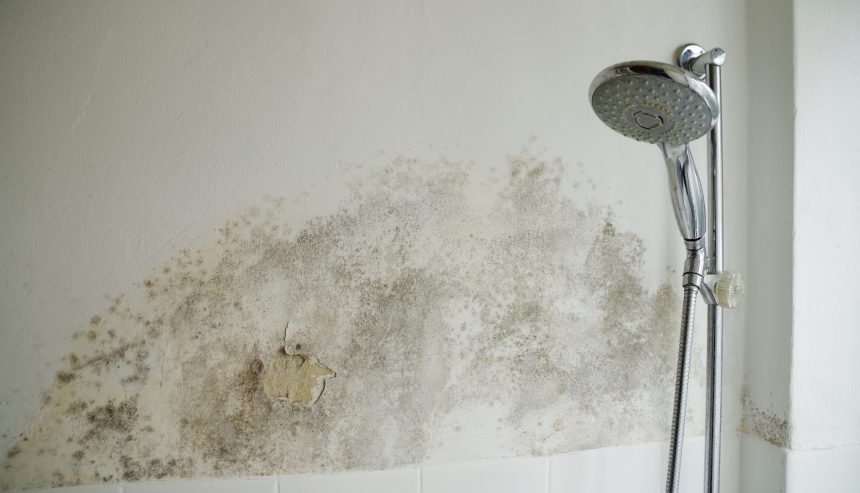Almost everyone is bound to have their unique opinion about Common Causes of Water Damage in a Bathroom.

The washroom is extremely susceptible for damp buildup and prospective water damages due to the regular use water in it. This post supplies simple evaluation strategies to aid spotting water damages threats.
The frequent use of water in the shower room makes it exceptionally vulnerable for moist build-up and also possible water damage. By examining it frequently, you can lower water relevant damages.
The following set of assessments is very easy to execute and should be done once in every three months in order to keep your shower room healthy and also to stop possible water damages caused by the bathtub, the shower, pipe joints and plumbing, sinks, cupboards, as well as the bathroom
Do not disregard doing these examinations and also be detailed while executing them. Keep in mind that these simple inspections can save you a lot of cash by supplying very early indicators for water damages
Sinks and Cabinets
Sinks and cabinets are revealed to dampness and also moisture day-to-day and also are commonly ignored. Check on a regular basis under the sink as well as on the counter top above it. Repair any drip in the catch as it might recommend drain issues. Take a look around the sink, slow draining pipelines might suggest a blocked drain. Replace sink seals if they are fractured or loosened.
Tub as well as Shower
The shower and bathtub call for unique interest as well as maintenance. Examine the floor tiles as well as replace if split. Ensure that there is no missing grout in between the ceramic tiles. Examine and change split caulking at joints where the walls meet the flooring or the tub. Clogged drains and pipelines issues will prevent the bath tub from drying and might suggest significant problems underneath the tub. Consult with a specialist immediately to prevent architectural damage. Pay attention to stainings or soft areas around the bath tub wall surfaces as they might show an interior leakage.
Plumbing
Signs for water damages are hard to identify since a lot of pipes are mounted inside the walls.
Pay unique interest to floor covering as well as walls wetness and spots as they may show an unnoticeable plumbing trouble. Inspect dampness levels in adjacent rooms too.
The Toilet
The commode is a susceptible water joint. Check the water lines and also search for leakages around the toilet seat, in the pipe, and under the water storage tank. If you identify any type of indicators of moisture on the flooring around the toilet, check for leakages in the toilet rim as well as tank seals.
Understand that hanging commode bowl antiperspirants increases the possibilities for obstructions.
Water Damage Signs In The Bathroom To Avoid Cleanup
Musty smell
This is one of the easiest signs to catch because musty smells are so odorous. The damp, earthy, moldy smell should be a big red flag. The smell will develop when moisture gets trapped in surfaces, and begins to facilitate mold growth. Leaking pipes under cabinets, inside walls, and behind shower fixtures will cause moisture to stay trapped and not dry, which will lead to mold growth and spread. As soon as you notice any musty smells in your bathroom, have it checked for hidden water damage and cleanup signs.
Visible mold
If the smell isn’t there to give it away, sometimes you will actually see mold growth. Finding mold in your bathroom is a serious problem, because mold is very harmful to your health. By the time mold growth is visible, it also means that water damage has already occurred and been present for some time. The only way the mold problem can be resolved is to find the source of the moisture and get it stopped. To safely and adequately remove mold, you need to have professionals handle the remediation. Do not waste any time in getting mold problems addressed, fixed, and sanitized so that you can protect you and your family from the many respiratory symptoms caused by mold exposure.
Damaged floors
Bathroom floors should be able to withstand some exposure to water while still remaining in good condition. However, when excess exposure or water leaks occur, they will begin to damage even the most water-resistant flooring. If you notice any cracking, bubbling, staining, or warping on your bathroom floors, there is probably a water leak somewhere causing the distortion. If you notice areas of the floor have become softer, or even have a spongy feeling, there is probably damage to the subfloor. Subflooring is typically made up of plywood. When plywood is exposed to water or moisture, it will absorb it. Once it has become saturated, the weight of the excess water will cause the wood to swell and soften. Check the floors in your bathroom frequently to catch any of these sings before they lead to damaged subflooring.
Changes on walls
When water leaks behind walls, it will cause changes in the drywall. Peeling plaster, blistering paint, and soggy wallpaper are all good indicators that excess water is building up behind the wall. Water leaking behind drywall will cause it to swell and be soft to the tough. If you start to notice gaps along the trim of your walls, or where tile meets the wall, it could also be a strong indicator that there is a leak behind the wall. Any changes, distortion, or damage on the walls should be evaluated as soon as you notice it to prevent further water damage and cleanup.

We had been made aware of that editorial about How to Repair and Prevent Bathroom Water Damage from someone on another web address. You should take a moment to promote this write-up if you enjoyed reading it. Bless you for your time. Visit us again soon.
Book Instantly